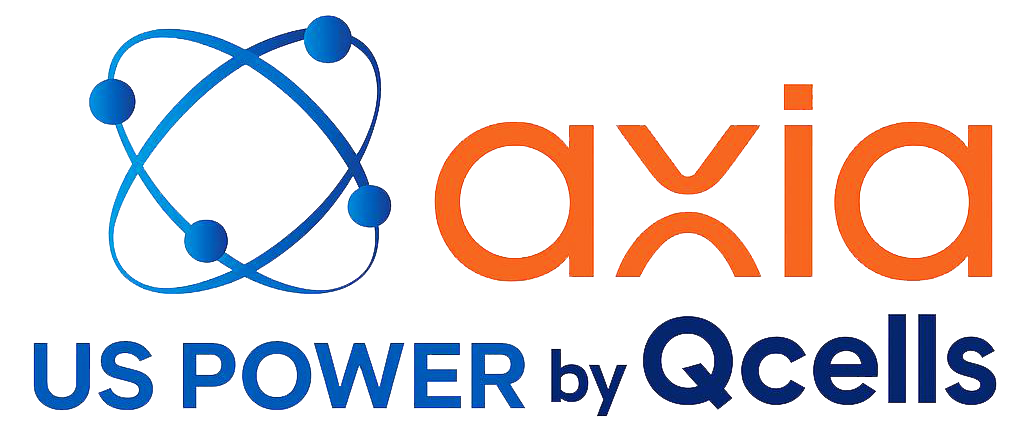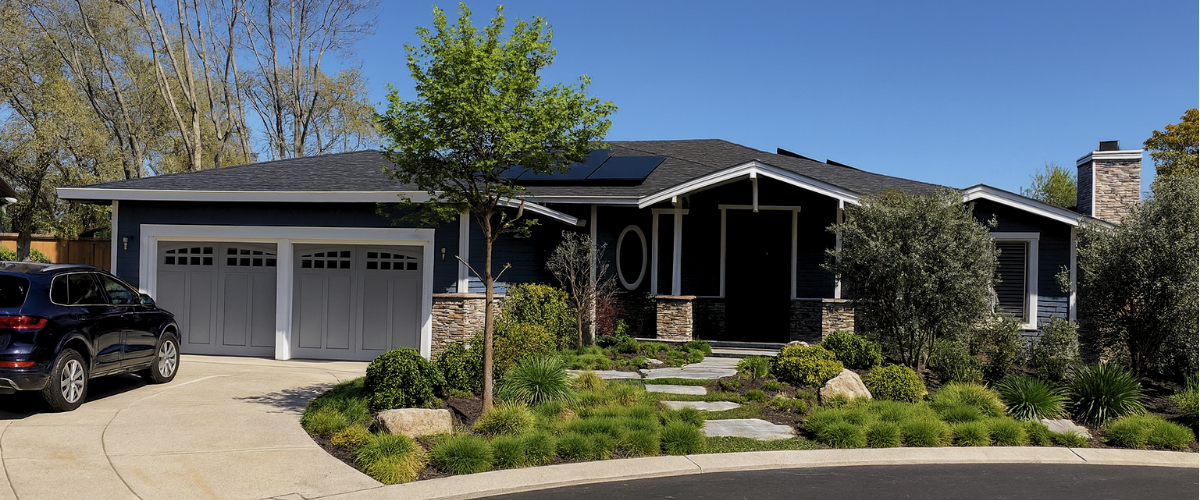Solar Power Basics for Southern California in 2025

Solar and Roofing Advisor
Rising utility bills? Learn how SoCal families are saving thousands by going solar in 2025. Updated insights on incentives, and energy independence.

In 2025, Southern California remains one of the best regions in the U.S. to go solar — abundant sunshine, increasing electricity rates, and more consumer options than ever. But the path from getting a quote to seeing your first bill involves several crucial steps and decisions. This updated guide walks homeowners across SoCal through everything they need to know.
1. The Big Picture: Why Solar Makes Sense in SoCal Today
1.1 Electricity Rates Are Climbing
Many utility territories in Southern California (Southern California Edison, San Diego Gas & Electric, Imperial Irrigation District, etc.) are pushing rates upward, especially during peak hours. As of late 2025, residential rates often exceed $0.30–$0.35 per kWh in many service zones.
1.2 Sunshine Is a Major Advantage
Cities throughout SoCal average ≥ 280 days of sun per year. That consistent solar resource means systems will operate near their rated performance more of the time than in many other U.S. regions.
1.3 Incentive Windows Still Open — But Changing
- The 30% Federal Solar Investment Tax Credit (ITC) is still available for systems “placed in service” by December 31, 2025.
- Some local jurisdictions and utility programs offer rebates or incentives, though many are being phased down or capped.
- Net metering rules (export credits) have become stricter in some areas; maximizing on-site consumption and storage is increasingly important.
2. The Solar Journey: What You’ll Go Through
Below is an updated, step-by-step outline of how a residential solar installation works across Southern California, with tips to avoid delays or surprises.
Step A: Getting Educated & Reducing Energy Usage
Before installing panels, you’ll want to audit your home for energy efficiency — upgrade insulation, LED lighting, efficient appliances, and smart thermostats. The cleaner your baseline load, the smaller (and more cost-effective) your solar system can be.
Step B: Choosing a Contractor
- Request multiple quotes (at least 2–3) for the same system size/design.
- Verify licensing (CSLB), insurance, prior jobs, and local presence.
- Ask about their experience with interconnection in your utility territory.
Step C: Permit & Design
- The installer submits design plans, structural analysis, and electrical schematics for local building permits.
- In many Southern California cities, the permitting process can take 4–8 weeks or more if demand is high.
- Some jurisdictions require HOA approval, historical reviews, or special fire setbacks—check local rules early.
Step D: Installation, Inspection & Approval
- After permits are granted, the physical installation begins — mounting panels, wiring, inverter setup, etc.
- The system must pass electrical and structural inspections by the city or county building department.
- Only after it passes can you apply for interconnection approval with your utility.
Step E: Grid Connection & Billing
- Once interconnection is approved, your solar system is turned on, and your meter is updated.
- You start producing power; excess energy may be exported to the grid (if your utility allows) or offset from your consumption.
- Your bill becomes a net calculation: what you import minus what you exported (plus fixed charges).
3. Common Pitfalls & What Homeowners Regret
From homeowner feedback and industry trends across SoCal, here are the most frequent missteps:
- Overly optimistic production estimates: Many quotes assume ideal conditions; real-world factors like shading, panel orientation, and marine layer/cloud sometimes reduce output.
- Under-accounting for local rules & delays: Cities like Los Angeles, San Diego, and Orange County have complex permitting processes that slow projects.
- Ignoring roof condition: If your roof needs repair, doing it before solar is safer. Removing and reinstalling panels later is costly.
- Locking into proprietary systems: Panels, inverters, or battery systems without broad support may become obsolete or unsupported if a company fails.
- Poor future planning: Not designing wiring or space for battery storage, EV charging, or expansion leads to expensive retrofits later.
4. What to Ask When Vetting a Solar Installer (Updated Checklist)
| Check | What to Ask / Verify | Why It Matters in SoCal Today |
|---|---|---|
| Licensing & Insurance | CSLB license, proof of liability, local jurisdiction familiarity | Construction or electrical work without proper licensing can lead to failed inspections |
| Production Modeling | Ask for “shade, tilt, weather modeling” and margin for fog / marine layer | Coastal and inland microclimates vary — you want realistic numbers |
| Warranty & Support | Panel, inverter, workmanship warranties; performance guarantees | SoCal’s sun and heat stress systems; strong support mitigates degradation risks |
| Export / Net Metering Terms | Ask export rate, caps, and how the utility compensates excess energy | Utility policies differ (newer rules may reduce export credit value) |
| Future-Ready Design | Conduit paths, inverter headroom, ability to add batteries or EV charging | A modular, expandable system avoids rework and extra expense |
5. Why US Power + Qcells Stands Out in SoCal
Working across Southern California, US Power’s partnership with Qcells gives homeowners distinct advantages:
- Factory-direct pricing: Access to panels without high retail markups
- High real-world performance: Qcells panels have strong temperature tolerance and strong warranties
- Local experience: Installers familiar with multiple SoCal jurisdictions, permit nuances, and interconnection rules
- Scalable systems: Designed to integrate batteries, EV charging, smart loads, and more — ideal for homes that evolve
Whether you live in the Inland Empire, Orange County, the San Fernando Valley, or the coast, a well-designed US Power + Qcells system positions you close to the upper envelope of solar returns in SoCal.
6. Seasonal Timing: Why Fall 2025 Is a Smart Moment
- With cooler days and persistent demand, energy usage remains high in autumn, pushing bills upward — the sooner a system goes live, the more months of bill offsets you capture.
- Permitting offices and installers often slow down in December; beginning now gives you time to avoid year-end delays.
- Locking in the 30% tax credit still available for systems turned on before December 31 gives you a major cost advantage over waiting.
Whether you live in Ventura, Long Beach, Palm Desert, or anywhere in Southern California, this remains one of the best times to go solar. The combination of strong sun, high rates, and still-available incentives makes it a compelling economic decision.
By choosing a trusted installer, getting realistic system estimates, and planning for the future (battery, EV, expansion), you ensure your solar system will deliver real savings—not surprises.
Start a quote today with US Power + Qcells, and take the first step toward energy independence in 2025.
Related Articles
Our Related Blogs
Comparing Q.HOME CORE to other batteries to find the best for your CA home.
QCells’ growth brings more options and efficiency for homeowners going solar.
Uncover the best solar brands in Los Angeles, California built for long-term value.
Our Solar and Roof Brand Partners








We empower communities and businesses to harness clean, renewable solar energy solutions that drive sustainable growth.
Ready to Own Your Power? Call us today!
818-650-8010
Copyright © 2025 US Power - Axia by QCells. All Rights Reserved.
Privacy is important to us, so you have the option of disabling certain types of storage that may not be necessary for the basic functioning of the website. Blocking categories may impact your experience on the website.
Essential
These items are required to enable basic website functionality.
Personalization
These items allow the website to remember choices you make (such as your user name, language, or the region you are in) and provide enhanced, more personal features.
Marketing
These items are used to deliver advertising that is more relevant to you and your interests.
Analytics
These items help the website operator understand how its website performs, how visitors interact with the site, and whether there may be technical issues.
We and our third-party partners use cookies and other technologies to enhance and track your experience on this site, conduct analytics, and personalize marketing to you. By using the site, you agree to our use of these technologies, including recording and monitoring your interactions with the site.
Get an instant solar estimate using satellite!










